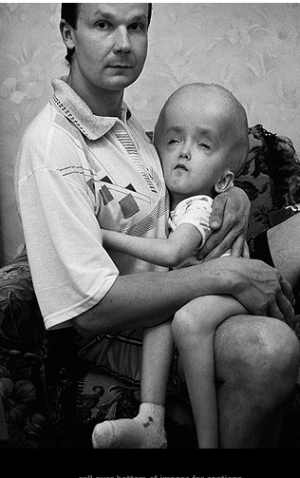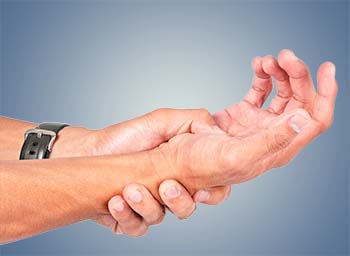They’re a symptom of panic disorder, a type of anxiety disorder. Learn the symptoms of a panic attack, also known as an anxiety attack. Everyone experiences feelings of anxiety and panic at certain times. Symptoms of panic disorder often begin to appear in teens and young adults under the age of 25.

If you have had four or more panic attacks, or you live in fear of having another panic attack after. Learn what causes CPS and how to relieve it. A panic attack is an intense wave of fear characterized by its unexpectedness and debilitating, immobilizing intensity.
Your heart pounds, you can’t breathe, and you may feel like you’re dying or going crazy. Causeless panic and racing heartbeat are sufficient to indicate a panic attack. In Europe about of the population has a panic attack in a given year while in the United States they affect about.
Many people have just one or two panic attacks in their lifetimes, and the problem goes away, perhaps when a stressful situation ends. What not to say to someone with panic disorder? What causes panic attacks and how to treat them?
What is the best medication for panic? What are the signs of panic disorder? It is not uncommon for panic disorder to coexist with other mood disorders and physiological diseases.

Explore these conditions and your risk factors. Panic Disorder - Related Conditions. Learn about the link between panic disorder and IBS, plus find out why the incidence of irritable bowel syndrome is high among panic disorder sufferers. People with the disorder often worry about the effects of their panic attacks.
They may feel sad or depressed. This video covers the clinical definition of panic disorder , including the signs and symptoms of a panic attack. Find to health issues you can trust from Healthgrades.
This topic will address the epidemiology, pathogenesis, clinical manifestations, course , assessment, and diagnosis of panic disorder. The epidemiology, pathogenesis, clinical manifestations, course , and diagnosis of agoraphobia are discussed separately. The treatment of panic disorder is also discussed separately.
You may live in fear of another attack and may avoid places where you have had an attack. For some people, fear takes over their lives and they cannot leave their homes. It usually starts when people are young adults.
A person with panic disorder may become discouraged and feel ashamed because he or she cannot carry out normal routines like going to the grocery store or driving. Having panic disorder can also interfere with school or work. More women than men have panic disorder. The present understanding suggests that panic disorder is a multifactorial condition, with multiple genes creating susceptibility to the condition coupled with influences from the environment.
In the empirical literature, a number of authors describe panic disorder subtypes. For example, Katon states that the three most common presentations of panic disorder in the primary care setting are the cardiac, neurological, and gastrointestinal subtypes. Adult panic anxiety syndrome also often produce physical symptoms, including an elevation in heart rate, increased alertness, palpitations, chest pain, and shortness of breath.
The following list of medications are in some way related to, or used in the treatment of this condition.
No comments:
Post a Comment
Note: Only a member of this blog may post a comment.